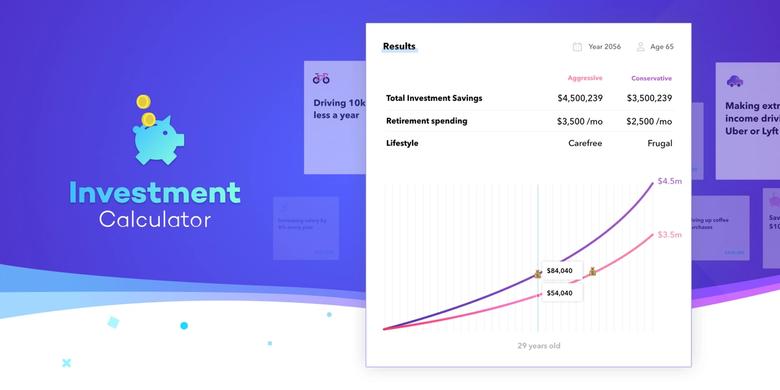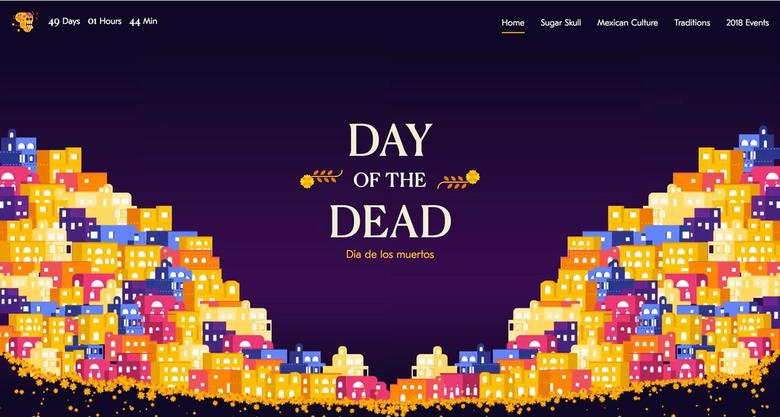Q&A With a Former Amazon Senior Design Technologist
A former design technologist shares about his start in engineering, his time at Amazon and his transition from FAANG to a startup of 4 employees
Ben Adam is a software engineer and Arizona State University grad. He worked as a UX engineer at GoDaddy for over five years before moving to the role of senior design technologist at Amazon. In December 2021, he published a blog post about his experience at the e-commerce giant, including why he stayed for only 10 months. He agreed to share his story, from his start in software to his transition to his current role at ui.dev.
How did you get your start as a software designer/engineer?
I graduated from ASU (Arizona State University) right in the middle of the recession with a degree in Sustainability: International Development. This is a long way to say I had no job skills and no (interesting) job opportunities. I had built a few WordPress sites during college, so I did what any sane person would do and started a business with a friend doing web design and branding for small businesses. Ultimately, the business was not very successful, but we both learned a lot and built up enough skills to get hired at a marketing agency.
From there, I bounced around several agencies doing UX / web design when I got an opportunity to work as a product designer at a startup. After ten months, the startup ran out of money, which is when I landed at GoDaddy.
Throughout this journey, I got tired of “drawing pictures” of the things I wanted to build because I wanted to make the real thing which motivated me to learn how to code. Coming from a design background, I picked up HTML and CSS quickly, and then during my time at GoDaddy, I became very proficient in JavaScript and React.js.
What motivated you to move from GoDaddy to Amazon?
I had a great experience working at GoDaddy. I had a manager who believed in me and gave me opportunities to work on things I wasn’t qualified to do, which accelerated my growth. The decision to leave GoDaddy was a combination of factors. Some teammates with whom I had become close had decided to move on to other opportunities. I had the choice to build relationships with new people at the company, which felt a lot like starting over relationally, or I could move to another company and do the same thing.
Around the same time, a recruiter from Amazon Devices contacted me. They communicated they were open to remote work, which is a requirement for me to consider opportunities outside of Arizona.

Amazon was offering me more money, but I was very torn about whether or not I wanted to make a change. Ultimately, I decided to accept the offer from Amazon because I believed that I had stagnated a bit in my personal growth at GoDaddy and wasn’t challenging myself as much as I wanted to. I thought that making a change would shake things up and cause growth in one way or another.
What were your expectations joining Amazon?
I think I had semi-realistic expectations of joining Amazon. My sister Sara (who happens to be the founder of an amazing company called Nestig) worked at Amazon for four years. For the record, she didn’t think I would love working there, but she agreed I would learn a lot. The culture was pretty accurate to what I expected. Still, I didn’t know what my day-to-day work would look like, especially as a senior design technologist.
What did you learn working at Amazon?
The biggest thing I learned that I want to keep with me for the rest of my career is the writing culture that Amazon has established. People have limited attention spans, so sitting down and reading together to gain shared context is invaluable. Your poorly thought-out ideas will be exposed when people read about them in a way that doesn’t happen with presentations or other communication mediums.
What was the biggest factor in your decision to leave Amazon?
I think my experience at Amazon confirmed that I want to spend the majority of my time creating (designing, building, writing). I had a great manager and a great immediate team, but the reality was regardless of what team I was on, I would have a certain percentage of my time spent on “meta work,” or the work of coordinating work.
This is a generalization, but even at mid-sized businesses, the higher your level, the more meta work you incur. Being a senior level (L6 at Amazon) probably guarantees you a certain number of meetings to have context on the decisions you are responsible for making and the dependencies of those decisions. I think what I wanted, even towards the end of my time at GoDaddy, was to be told, “Use your time to generate as much value for the company with your skillset as you can.”
It’s worth mentioning that remote work plays a factor. Joining Amazon was my first time onboarding a new company remotely, even though I worked remotely for about three years. Not meeting your coworkers in person does make it easier to leave when the work situation doesn’t match your expectations.
Also, because of Covid, the number of outstanding remote opportunities exploded. It was much easier to find companies that fit my personal preferences than even ten months prior. I had offers from two companies, both of which I was very excited about to the point that I felt sad turning down the one, and requests to go through the process at 3 or 4 others that were all promising.
One of Ben's side projects: Investment Calculator

How is your new role at ui.dev different/better?
Joining ui.dev is going from one end of the pendulum to the next. I am the second employee at the company. It’s 4 people in total, including the two co-founders. When I was deciding between ui.dev and this other company I had an offer from, I realized that essentially what I’ve wanted all along is entrepreneurship, but haven’t pursued it because I have a family.
At our life stage, we aren’t ready for that risk. ui.dev is bootstrapped and has moved from the 0-1 phase of building a business to taking it to the next level. The opportunity presented the most growth for me personally, including learning new skills and directly impacting the bottom line of the company. Also, I love the product and direction of the company.
Now is probably a good time to shoot my shot and promote https://bytes.dev/, our JavaScript newsletter. Over 70,000 developers have subscribed because it’s hilarious. It keeps you up to date with everything going on in the JavaScript world, but with a high likelihood of spitting out your coffee from laughing at the jokes.
In your experience, how is it different working at a startup vs. a large public company?
They are wildly different, but there are a lot of similarities that people don’t tend to mention. At every company I have worked at, from startup to megacorp, the teams feel resource-constrained, and there are more things to work on than people have time to do, so prioritization is critical.
If you are working at a startup, you will probably spend way less of your time in meetings, but that also depends on the stage of your startup. Hiring takes up a significant percentage of people’s time for startups in the growth phase.
Big companies tend to have relatively well-defined policies and leveling guides for promotion. Early in your career, this type of clarity can be beneficial. Large public companies also typically have stock compensation, which gives you upside and liquidity. It is tough to judge how valuable your stock compensation will be at a private startup, unless they are close to an IPO. Big companies also tend to employ more specialists, so if you have a hyper-specialized skill set, a big company can end up being a good fit.
You optimize for growth and impact at startups. If you are a generalist, you undoubtedly will have the opportunity to work on many different things across multiple disciplines.
One of Ben's side projects: Day of the Dead

What advice would you give to someone joining a big tech company?
Before you join, probably while you are interviewing, do your best to understand the organization’s incentives. Understand if your role is new (the team is growing) or backfilling an existing position (churn).
When you join, try and find communities for people in your role. I found that was a great way to network and learn. Also, big companies have lots of opportunities to transfer teams if you find a better fit. Most people at big companies are “busy,” so investing in relationships requires being proactive. I wish I had worried less about “adding yet another meeting” to someone’s calendar and made more connections. Every time I did this, both parties walked away feeling like it was time well spent.
What advice would you give someone wanting to get started in your field?
Be prolific. If I could distill my advice for any creative profession (design, engineering, writing, etc.), it would be this. It is the only input that I am aware of that yields results 100% of the time. The more things you create, the better you get at your craft. Each iteration raises the bar for the next one, and you find that you have grown tremendously over time.
The information provided herein is for general informational purposes only and is not intended to provide tax, legal, or investment advice and should not be construed as an offer to sell, a solicitation of an offer to buy, or a recommendation of any security by Candor, its employees and affiliates, or any third-party. Any expressions of opinion or assumptions are for illustrative purposes only and are subject to change without notice. Past performance is not a guarantee of future results and the opinions presented herein should not be viewed as an indicator of future performance. Investing in securities involves risk. Loss of principal is possible.
Third-party data has been obtained from sources we believe to be reliable; however, its accuracy, completeness, or reliability cannot be guaranteed. Candor does not receive compensation to promote or discuss any particular Company; however, Candor, its employees and affiliates, and/or its clients may hold positions in securities of the Companies discussed.
